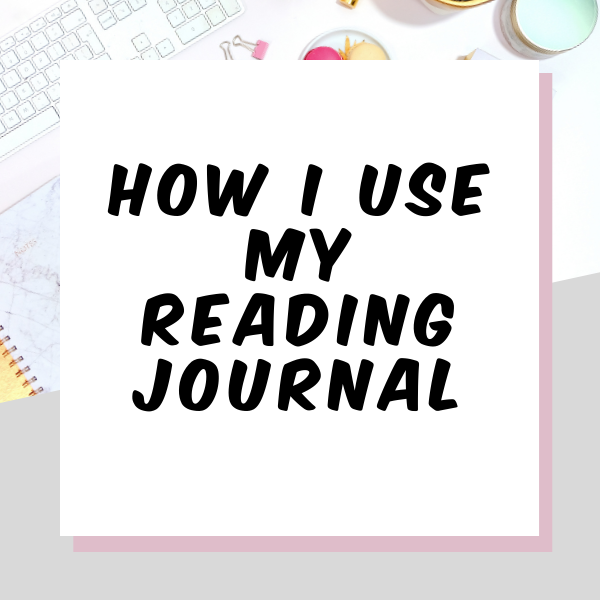I’ve inadvertently been journaling about books for almost a decade now. In my personal journal, I used to reflect on the books I was reading mixed in with my usual daily entries. It was not until a few years back that I began keeping a dedicated journal for my books. I just finished setting up my reading journal for 2021, the third one that I will consistently use to track my reading, from January 1st through December 31st. While sites like Goodreads and Storygraph exist to track your reading, I find pen-to-paper more personal and conducive to what I want from my reading. Journaling my books for the past few years has kept my reading life organized and has made me stay consistent and has helped me actually reach the goals I set for myself. If you already keep a reading journal or are thinking about giving one a try in 2021, read on for more thoughts and some tips.
My supplies:
[Just two reminders before we talk supplies: 1) you don’t need to wait to have “the perfect stationery” to get started, and 2) once you begin setting up your journal, don’t be afraid of making mistakes! Letting little things like this bother you could affect your enjoyment, which is the whole point of doing this, isn’t it?]
A journal: I prefer a dotted journal for drawing boxes, but lined ones are great, too. Any empty journal you have on hand will work. I’ve tried different brands, from Leuchtturm to the Exceed brand from Walmart, and have enjoyed all. I usually go for the more affordable notebook with thicker pages.
Pencils/pens: Some like to draft their pages in pencil, then go back over it in pen. Personally, I just use a plain black pen, since I’m not doing a lot of art/drawing beyond a few boxes.
Markers: I like adding a little color to my spreads with markers for the headers. I mostly use Crayola Supertips.
A ruler: Crooked lines bother me, but that’s just me.
Washi tape, stickers: Not necessary for a reading journal, but certainly fun!
What I like to track:
Number of books read
Title and whether it’s fiction/ non-fiction
Author and author identity (based on what is disclosed in bio or interviews)
Genre
Format
Source
Year published
Date finished
My list may seem extensive, but over the years I’ve become more focused on what I’d like to achieve with my reading. For example, I track the source of the books I read because in 2021, I am aiming to read more books from my unread shelves. I am also tracking author identities because I want to read more Indigenous authors and authors from the LGBTQ+ community this year. Keep in mind that your reading journal is YOURS, and you can track anything you’d like.
Aside from the spreads I use for tracking, I also like to set up a monthly spread with my TBR (to be read) list, any book-related things I have going on that month, and a notes section. This section is so handy for keeping my thoughts organized for when book club discussions roll around. When it comes to writing my reviews, my brief notes help me get started and remind me of the most impactful parts of a book.
Keeping track of my reading has made me more mindful of my habits. I like checking-in with myself mid-year to assess my progress and make any changes as I go along. I can 100% say that my journal has made reaching my reading goals possible. For this reason, I will continue using one. Overall, a reading journal will only be successful if every part of it works for you, and that will only come with trial and error. Happy reading and journaling!


![On this episode of Feminist Book Club: The Podcast 💞 Sometimes we just wanna gush about the things we love.
For Renee (@reneethebookbird) and Margot (@neonmargot), it’s hardboiled fiction. For Ashley (@driedinkpen) and Nox (@nox_reads), it’s Lady Gaga’s new album. Tune in for two conversations around why we love the things we love.
Find this episode of Feminist Book Club: The Podcast anywhere you listen to podcasts or stream on our blog!
[alt text: Hardboiled Lesbian Fiction + Lady Gaga's Mayhem]](https://www.feministbookclub.com/wp-content/plugins/instagram-feed/img/placeholder.png)